Home>Garden Essentials>Garden Plants>How Much Thyme Is In A Sprig
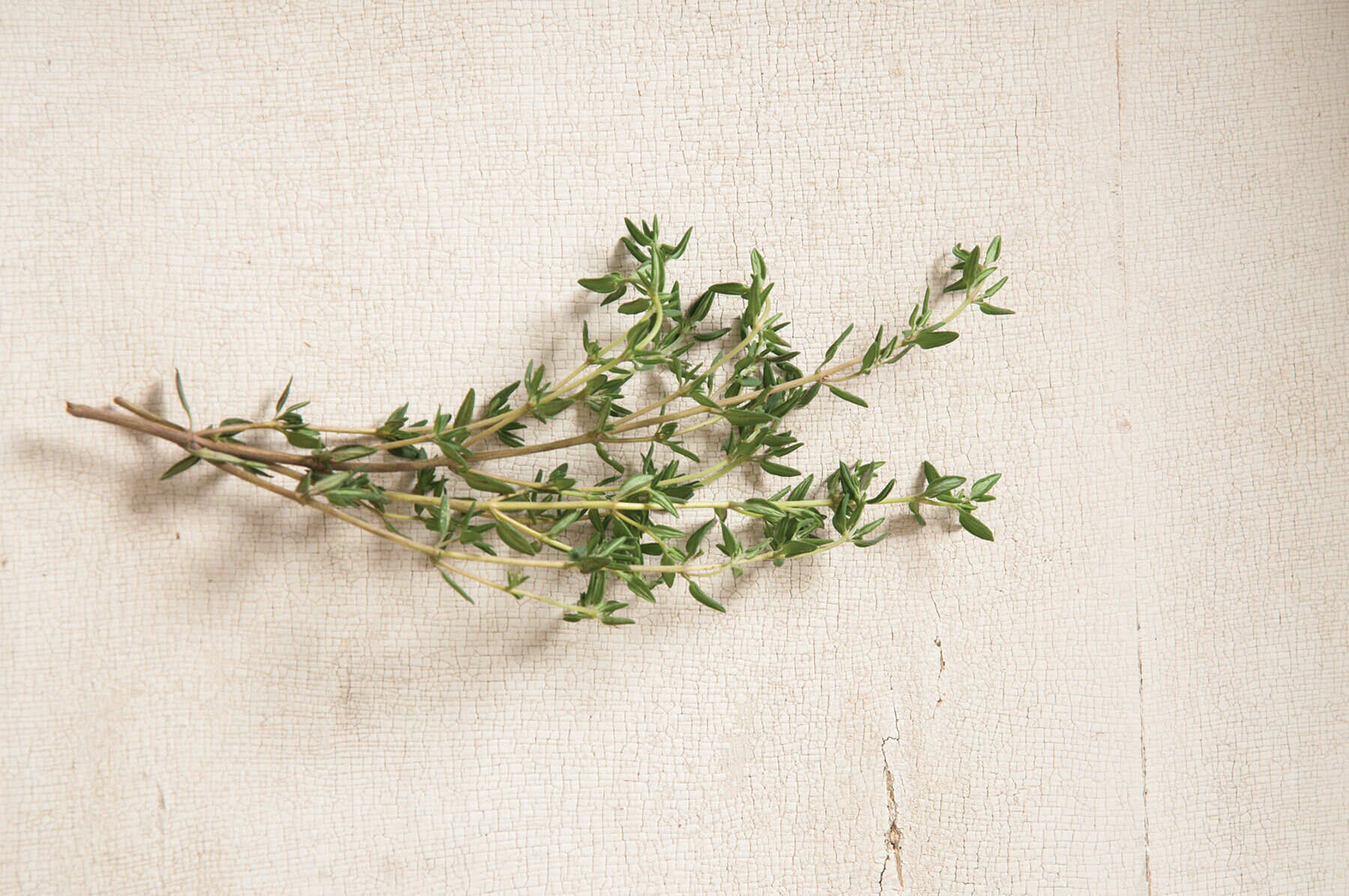

Garden Plants
How Much Thyme Is In A Sprig
Modified: May 6, 2024
Discover the amount of thyme in a sprig and learn how to grow and care for thyme plants in your garden.
(Many of the links in this article redirect to a specific reviewed product. Your purchase of these products through affiliate links helps to generate commission for Storables.com, at no extra cost. Learn more)
Introduction
Welcome to our comprehensive guide on thyme sprigs! If you’ve ever followed a recipe that called for thyme, you might have come across the term “sprig of thyme.” But what exactly does it mean? How much thyme is in a sprig? In this article, we will explore the concept of thyme sprigs, discuss how much thyme is typically found in a sprig, and also highlight some factors that can affect the amount of thyme in each sprig.
Thyme is a versatile herb that is commonly used in various culinary dishes due to its pleasant aroma and distinct flavor. It adds a wonderful earthy and slightly minty taste to recipes, making it a popular choice in both savory and sweet dishes. Cooking with thyme can elevate the flavors of your dishes to a whole new level.
A thyme sprig refers to a small portion of the thyme plant that contains several leaves attached to a stem. It is typically used to infuse flavors into dishes during cooking, and it can also be used as a garnish. The leaves of the thyme sprig are where the real flavor lies, so it’s important to know how much thyme you need to use to achieve the desired taste in your meals.
Now that we have a basic understanding of what a thyme sprig is, let’s explore how much thyme you can expect to find in a typical sprig. Keep in mind that the length and amount of thyme in a sprig can vary depending on factors such as the variety of thyme, growing conditions, and the preferences of the person harvesting the sprig.
Key Takeaways:
- Thyme sprigs typically contain 5-10 stems with leaves, but the amount can vary based on factors like variety, growing conditions, and harvesting techniques. Adjust the quantity to achieve your desired flavor intensity.
- Thyme sprigs are versatile for infusing flavors, roasting, garnishing, and more. Experiment with combinations and adjust quantities to enhance the taste and aroma of your culinary creations.
What is a Sprig of Thyme?
A sprig of thyme refers to a small cluster of thyme leaves and stems that are connected together. It is a convenient way to use thyme in cooking, as you can simply add the entire sprig to your dish and remove it later, allowing the flavors to infuse while cooking and then easily discard the woody stems. The leaves of the sprig are what hold the essential oils and flavor compounds that contribute to the unique taste and aroma of thyme.
Thyme is an herb that belongs to the mint family, and it comes in many different varieties, each with its own characteristics and flavors. Some common varieties of thyme include common thyme (Thymus vulgaris), lemon thyme, and creeping thyme. These varieties can vary in size, taste, and appearance, but they all share the same qualities that make thyme such a popular culinary herb.
When using thyme in recipes, you have the option to either use the individual leaves or employ a sprig of thyme. Using the leaves alone can be more convenient if you’re looking for precise measurements, but using a sprig of thyme can provide a stronger and more well-rounded flavor to your dishes.
Many recipes will specify how much thyme to use, either in terms of sprigs or as a measurement of leaves. If a recipe calls for a sprig of thyme, you can typically assume that it refers to a small bundle of thyme leaves and stems. However, it’s essential to keep in mind that the actual amount of thyme in each sprig can vary.
Now that we understand what a sprig of thyme entails, let’s dive deeper into the typical amount of thyme found in a sprig and explore the factors that can affect this measurement.
How Much Thyme Is Typically in a Sprig?
While there is no exact measurement for how much thyme is in a sprig, a general guideline is that a sprig of thyme typically contains about 5-10 stems with leaves. The length of the sprig can range from 2 to 4 inches, depending on the variety and how it is harvested.
The amount of thyme in a sprig can also vary based on personal preference and the desired intensity of the flavor. If you prefer a milder taste, you can use a smaller sprig with fewer stems. Conversely, if you want a stronger thyme flavor, you can opt for a larger sprig with more stems and leaves.
When using thyme sprigs in your recipes, it’s important to consider the intensity of the thyme flavor you want to achieve and adjust the amount accordingly. If a recipe calls for a specific number of sprigs, it’s a good idea to taste the dish as you cook and adjust the amount of thyme to suit your taste.
Keep in mind that thyme leaves are small and delicate, so the volume they occupy may not be significant. However, their potent flavor makes them a significant ingredient in many dishes.
To use thyme sprigs in cooking, you can either add the whole sprig to the dish and remove it before serving or strip the leaves off the stems and use them directly. The choice depends on the texture you desire in your dish and the ease of removing the stems.
However, it’s worth noting that thyme stems can also add a subtle flavor when cooked with food, so leaving the sprig intact can result in a more pronounced thyme essence. If you’re using a sprig for garnishing purposes, it’s typically best to keep it intact for visual appeal.
Now that we have an understanding of how much thyme is typically in a sprig, let’s explore some factors that can affect the amount of thyme found in each sprig.
A general rule of thumb is that one sprig of fresh thyme is equal to about 1/4 to 1/2 teaspoon of dried thyme. Adjust to taste in your recipes.
Factors That Can Affect the Amount of Thyme in a Sprig
Although there is a general range for the amount of thyme in a sprig, there are several factors that can affect the actual quantity you will find in each sprig:
- Variety of thyme: Different varieties of thyme can have varying stem and leaf sizes. For example, common thyme (Thymus vulgaris) typically has shorter stems and smaller leaves compared to lemon thyme. This means that lemon thyme sprigs may contain more stems and leaves, resulting in a larger volume of thyme overall.
- Growing conditions: The environment in which thyme is grown can influence its growth and development. Soil quality, sunlight exposure, and water availability can all impact the size and density of thyme sprigs. In optimal growing conditions, thyme plants tend to produce more abundant and fuller sprigs.
- Harvesting technique: The way thyme is harvested can also affect the amount of thyme in each sprig. Some individuals may prefer to trim longer sprigs with more leaves, while others may harvest shorter sprigs with fewer leaves. This personal preference can result in variations in the quantity of thyme found in each sprig.
- Time of harvest: The stage at which thyme is harvested can also influence the amount of thyme in a sprig. Younger thyme plants tend to have smaller leaves and stems, while more mature plants may produce larger and more abundant sprigs. The time of harvest can impact the overall flavor profile of the thyme as well.
It’s important to keep these factors in mind when using thyme in your recipes. Be aware that the amount of thyme in a sprig can vary, and it’s always a good idea to taste and adjust the amount of thyme based on your personal preference and desired flavor intensity.
Now that we’ve explored the factors that can affect the amount of thyme in a sprig, let’s move on to some tips for using thyme sprigs in cooking.
Tips for Using Thyme Sprigs in Cooking
Thyme sprigs can be a versatile and flavorful addition to your culinary creations. Here are some helpful tips for using thyme sprigs in your cooking:
- Infusing flavors: Add a thyme sprig to simmering soups, stews, sauces, or braised dishes to infuse them with the herb’s aromatic flavors. The heat will extract the essential oils from the leaves, imparting a delightful taste to your recipes.
- Roasting: Lay a sprig or two of thyme on top of meats, vegetables, or poultry before roasting. The heat will gently release the fragrant oils, enhancing the overall flavor of the dish.
- Marinades and dressings: Strip the leaves from the thyme sprig and add them to marinades, salad dressings, or vinaigrettes for a subtle earthy undertone. The leaves can be finely chopped or left whole, depending on your preference.
- Garnishing: Use intact thyme sprigs as a garnish on finished dishes to add a touch of elegance. The sprigs not only enhance the visual appeal but also give a hint of thyme aroma when placed on top of warm dishes.
- Drying or freezing: If you have an abundance of thyme sprigs, you can dry them or freeze them for future use. Simply bundle them together and hang them upside down in a dry, well-ventilated area until they are completely dried. Alternatively, strip the leaves from the stems and freeze them in a labeled airtight container or freezer bag.
- Combining flavors: Thyme pairs well with various herbs and spices, such as rosemary, sage, parsley, garlic, and lemon. Experiment with different combinations to create delightful flavor profiles in your dishes.
- Adjusting quantities: As mentioned earlier, the amount of thyme in a sprig can vary. Taste your dishes as you cook and adjust the amount of thyme based on your personal preferences and desired flavor intensity.
Thyme sprigs can elevate the flavors of your dishes, adding a unique depth and aroma. With these tips in mind, you can confidently incorporate thyme sprigs into your recipes, enhancing your culinary creations with the herb’s distinctive taste.
Now that we have explored various tips for using thyme sprigs in cooking, let’s conclude our comprehensive guide to thyme sprigs.
Read more: What Are Sprigs Of Thyme
Conclusion
Thyme sprigs are a versatile and flavorful ingredient that can elevate the taste and aroma of your culinary creations. Understanding the concept of a thyme sprig and how much thyme is typically in one can greatly enhance your cooking experience.
While a sprig of thyme may vary in size and quantity of stems and leaves, a general guideline is that it contains about 5-10 stems. Factors such as the variety of thyme, growing conditions, harvesting techniques, and the time of harvest can all impact the amount of thyme in each sprig.
To make the most of thyme sprigs in cooking, you can infuse them into simmering dishes, roast them with meats and vegetables, include them in marinades and dressings, use them as garnishes, and experiment with combining flavors. It’s crucial to adjust the quantity of thyme based on your personal taste preferences and the desired flavor intensity.
If you have an excess of thyme sprigs, you can dry or freeze them for future use. This ensures that you always have a fresh supply of thyme on hand to enhance your dishes.
Now armed with knowledge about thyme sprigs, you can confidently incorporate this herb into your recipes, adding depth and aroma to your culinary delights. So go ahead, embrace the versatility of thyme sprigs and let your taste buds be delighted by the rich flavors they bring to your meals!
Remember, cooking is a creative process, so don’t be afraid to experiment and discover new ways to use thyme sprigs in your favorite dishes. Enjoy the journey of discovering the perfect balance of flavors and exploring the culinary potential of this wonderful herb!
Now that you've got the scoop on thyme sprigs, why not bring some of that green thumb magic outside? For those looking to surround their garden with more than just plants, our article on garden fence ideas offers creative and practical solutions that cater to any gardener’s needs. Whether you're aiming for aesthetics or functionality, these ideas will transform your outdoor space into a haven of tranquility and style.
Frequently Asked Questions about How Much Thyme Is In A Sprig
Was this page helpful?
At Storables.com, we guarantee accurate and reliable information. Our content, validated by Expert Board Contributors, is crafted following stringent Editorial Policies. We're committed to providing you with well-researched, expert-backed insights for all your informational needs.
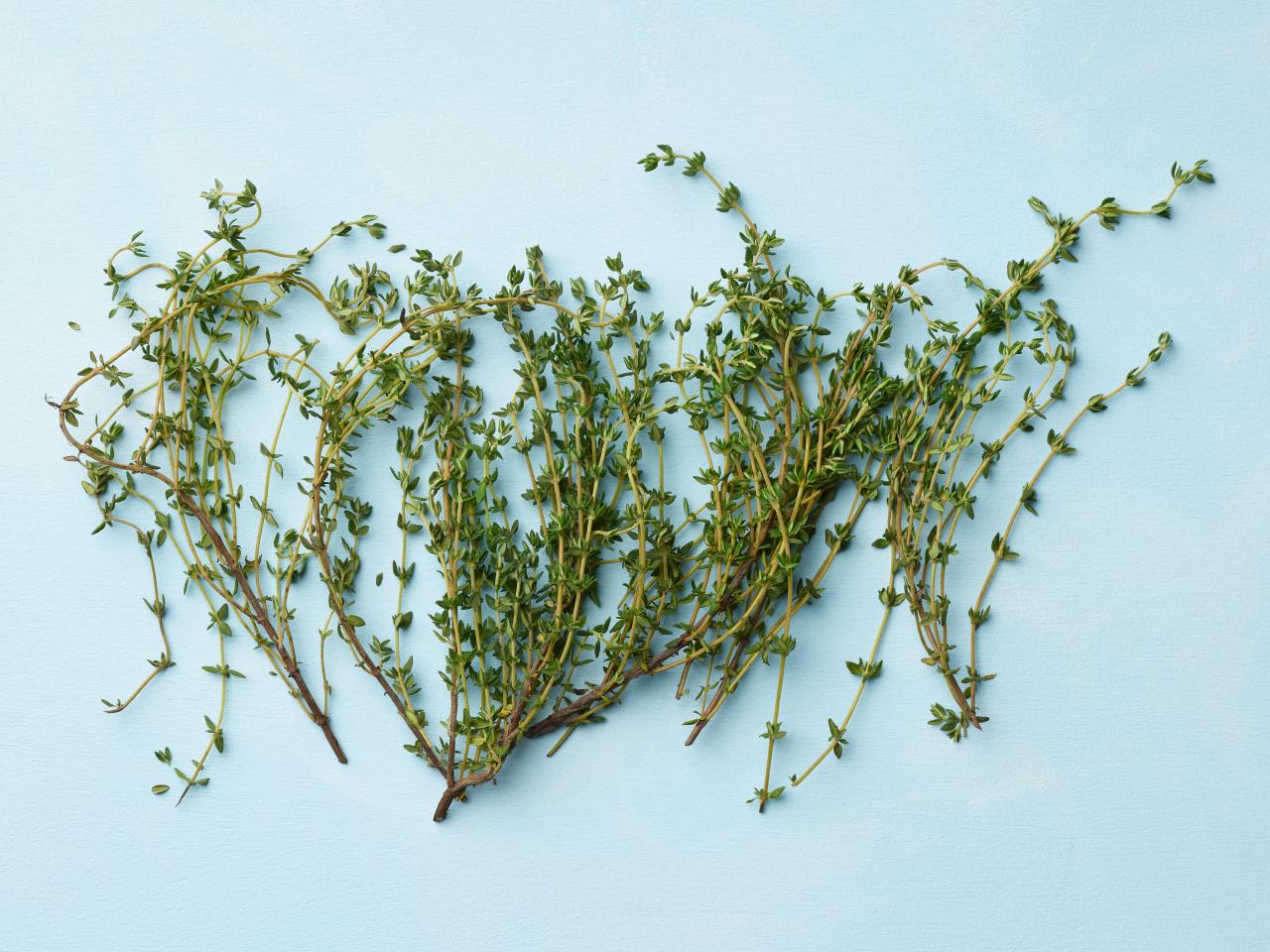
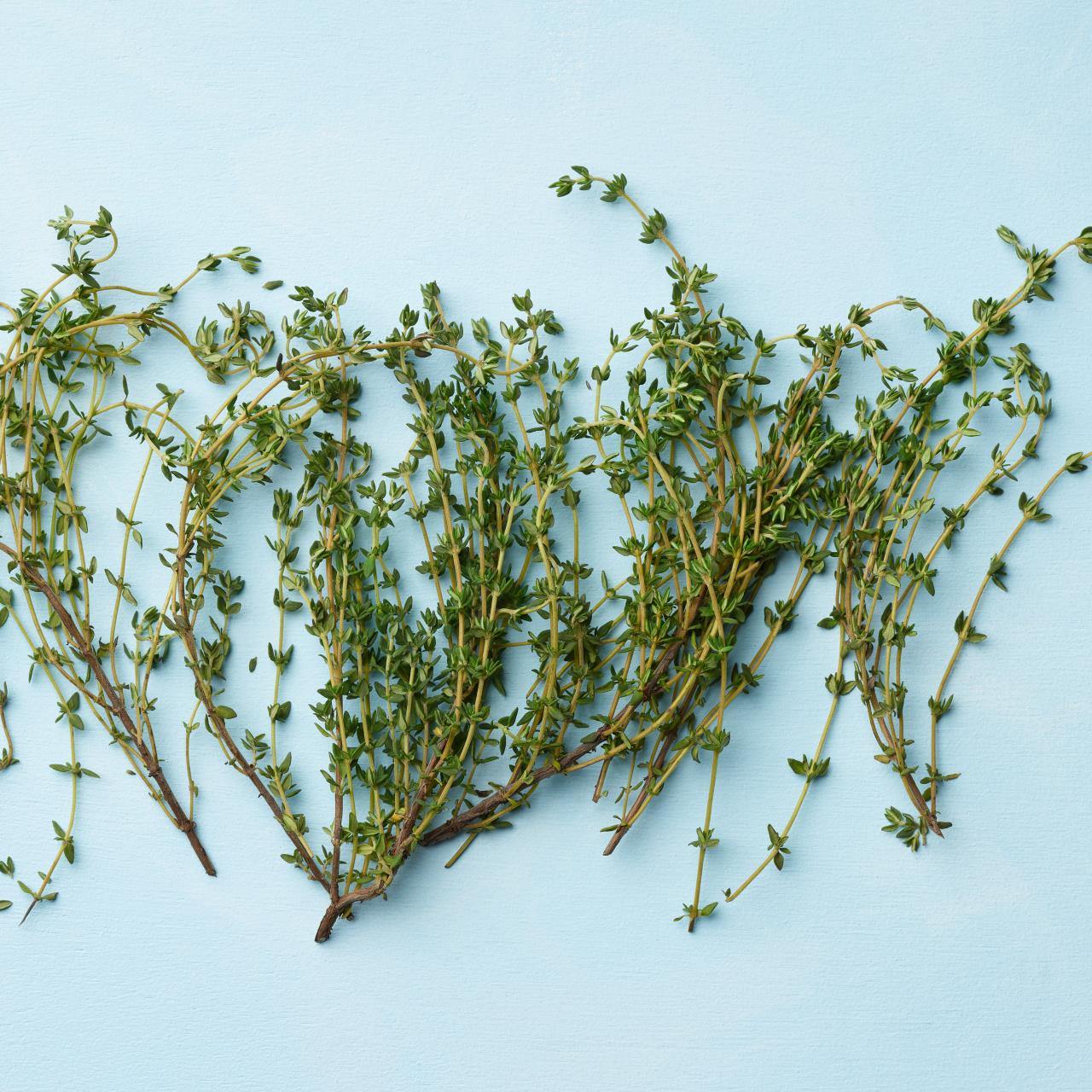
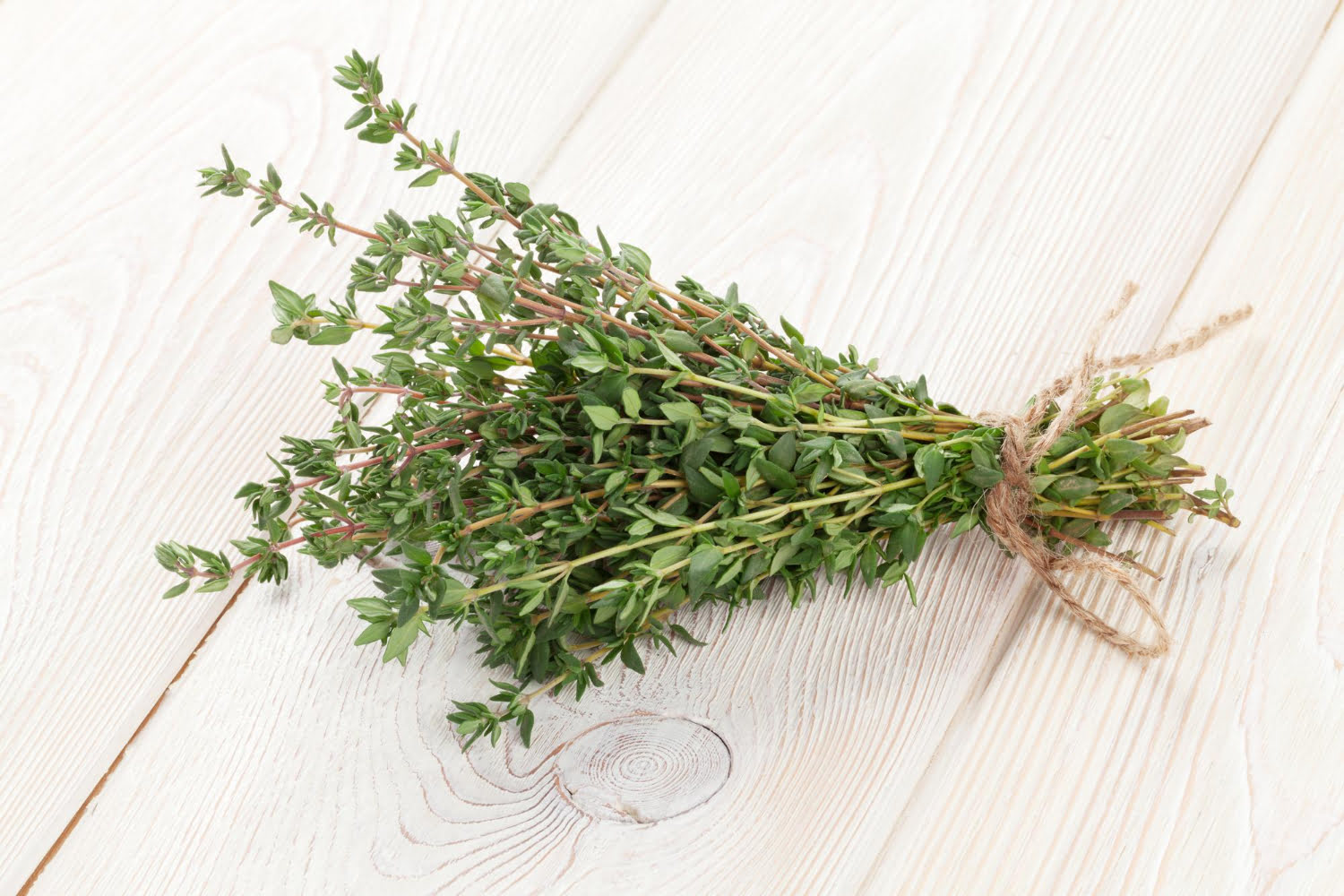
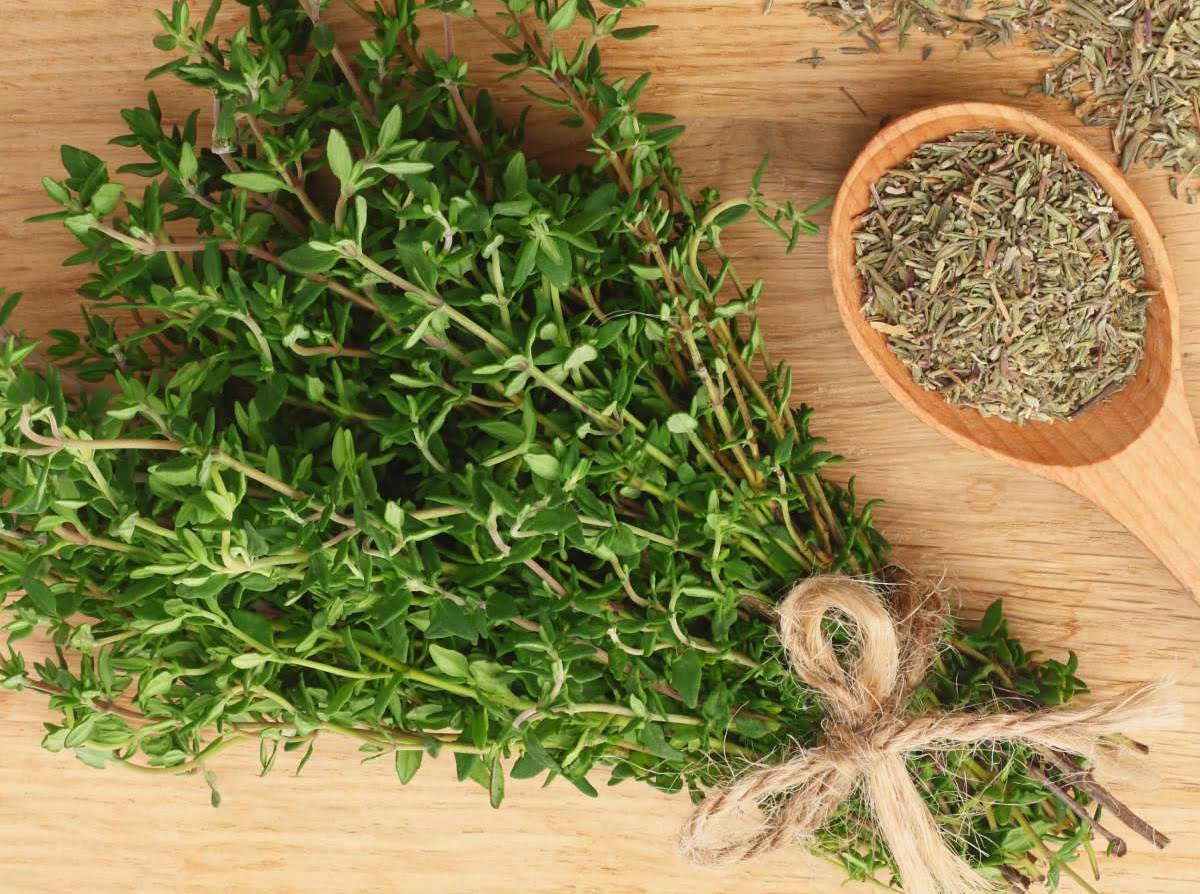
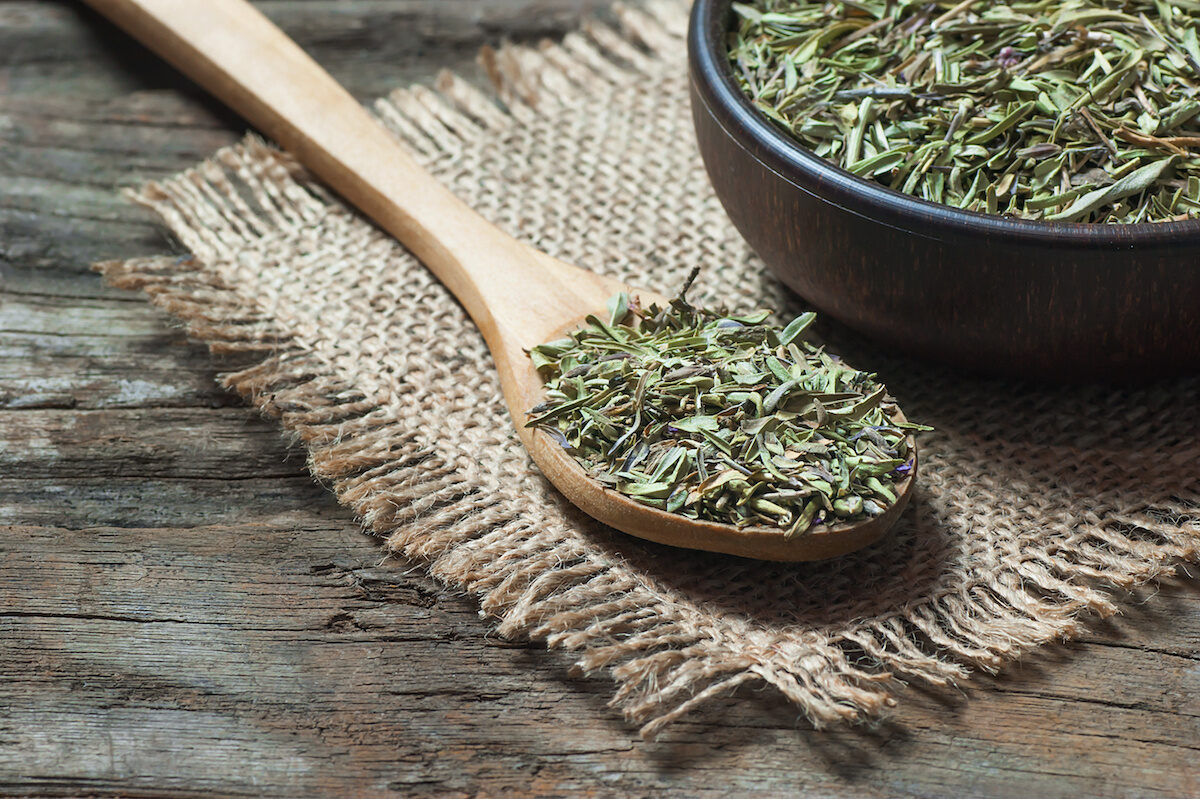
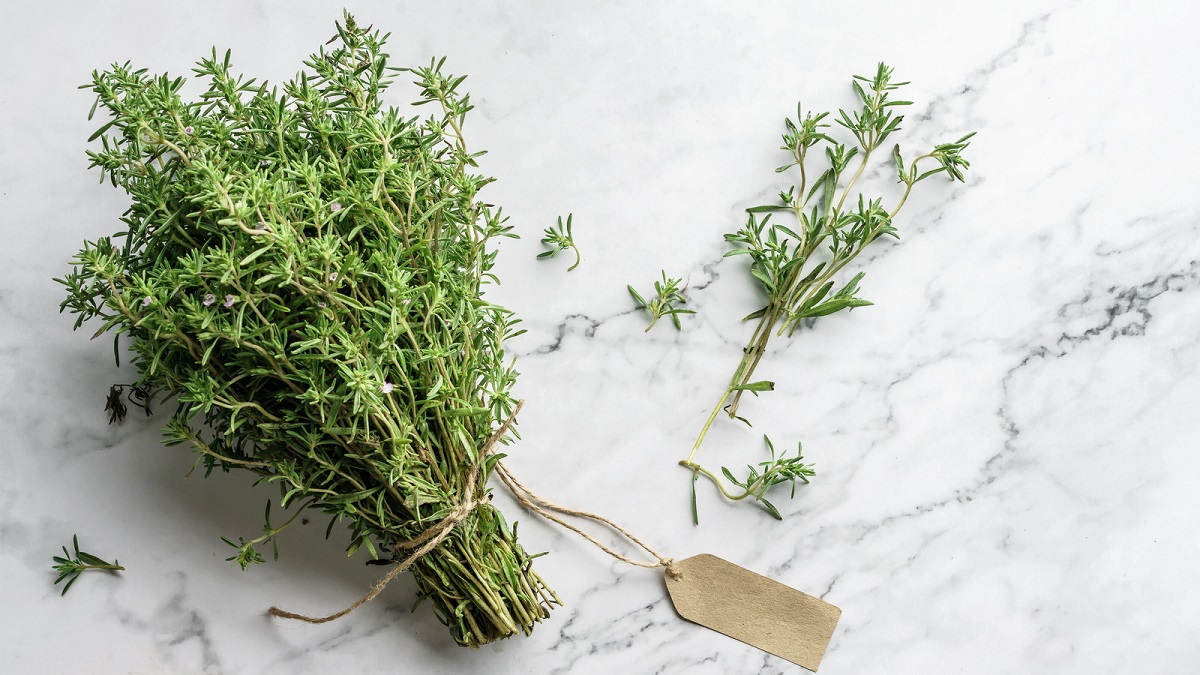

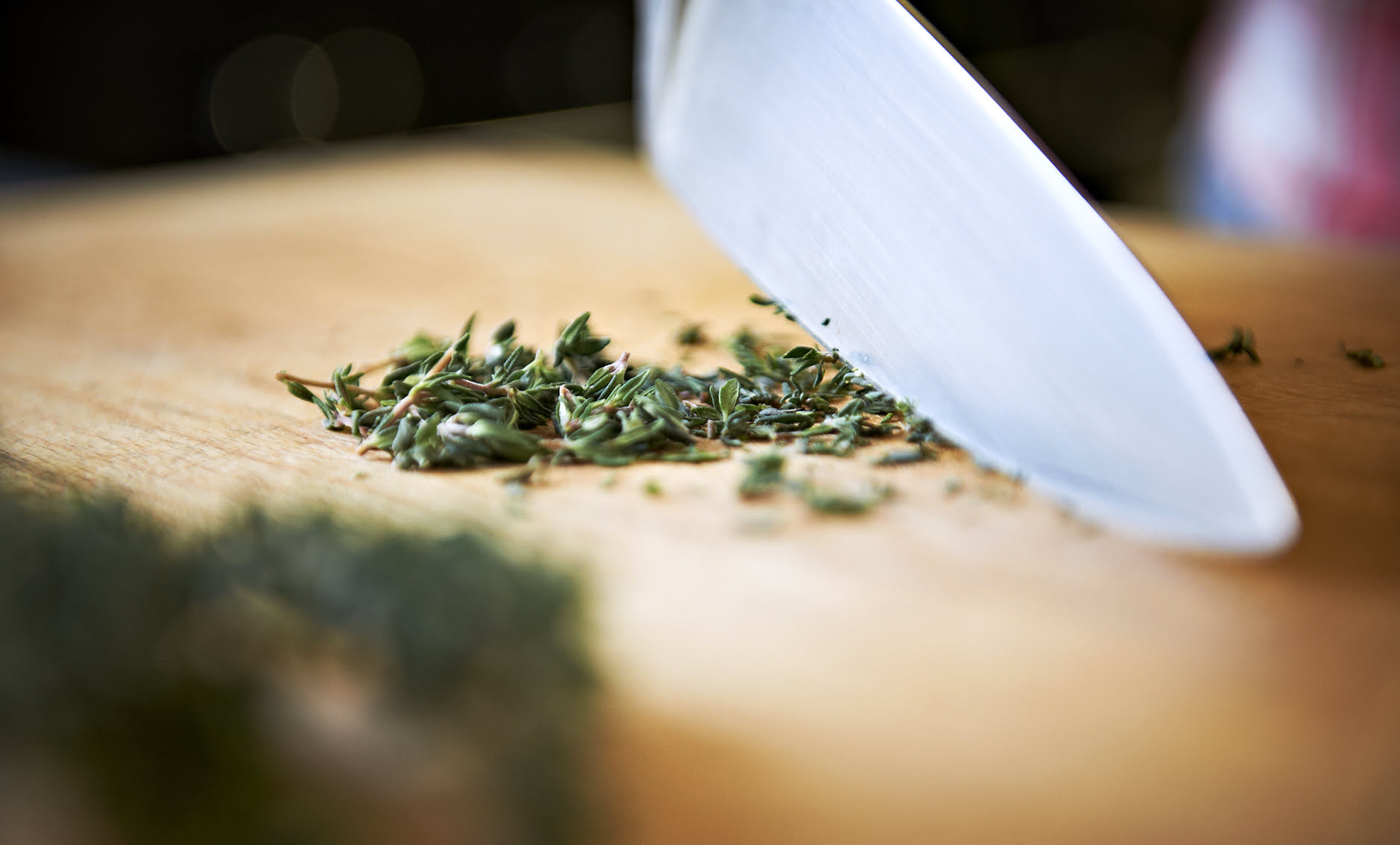
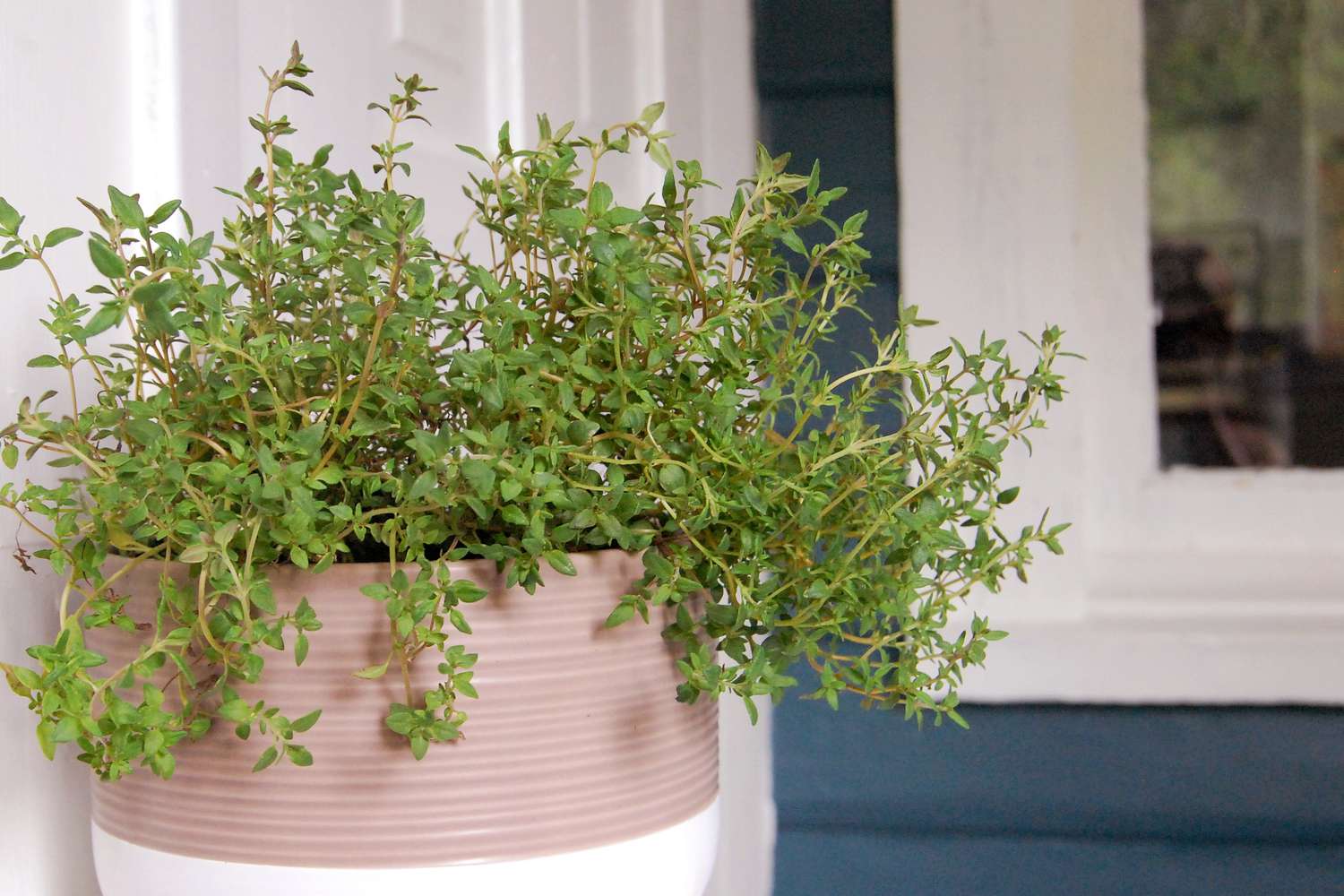
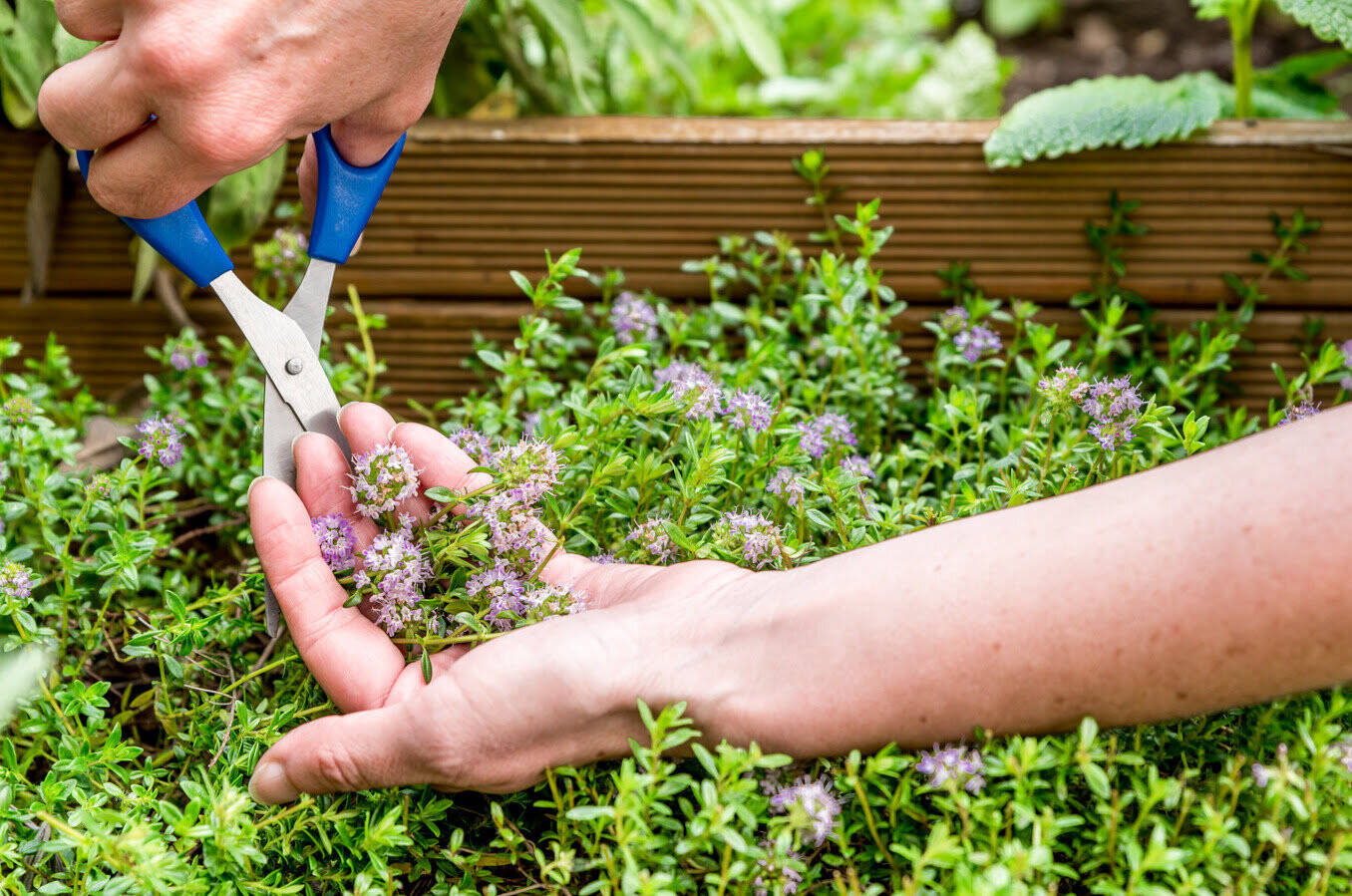
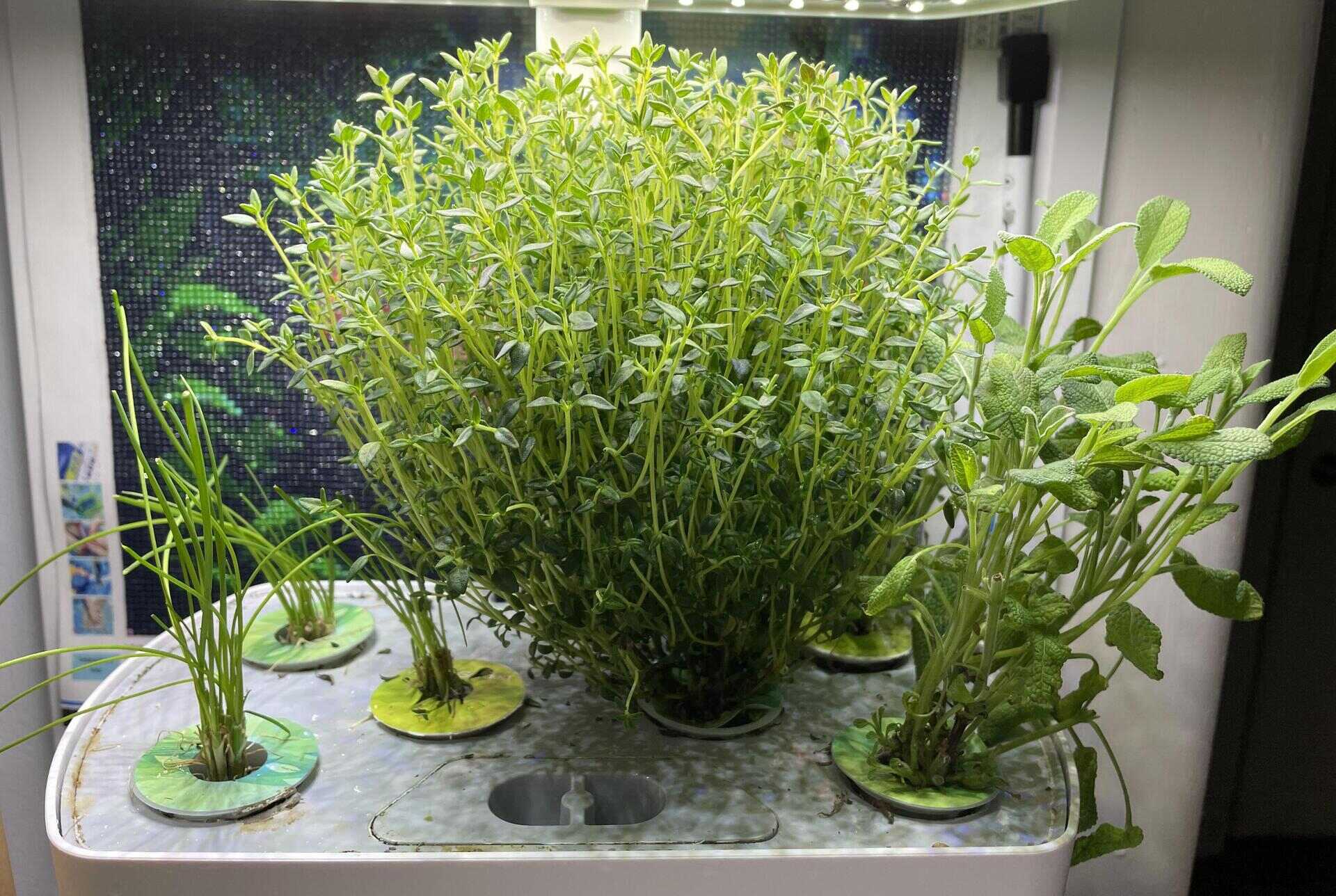
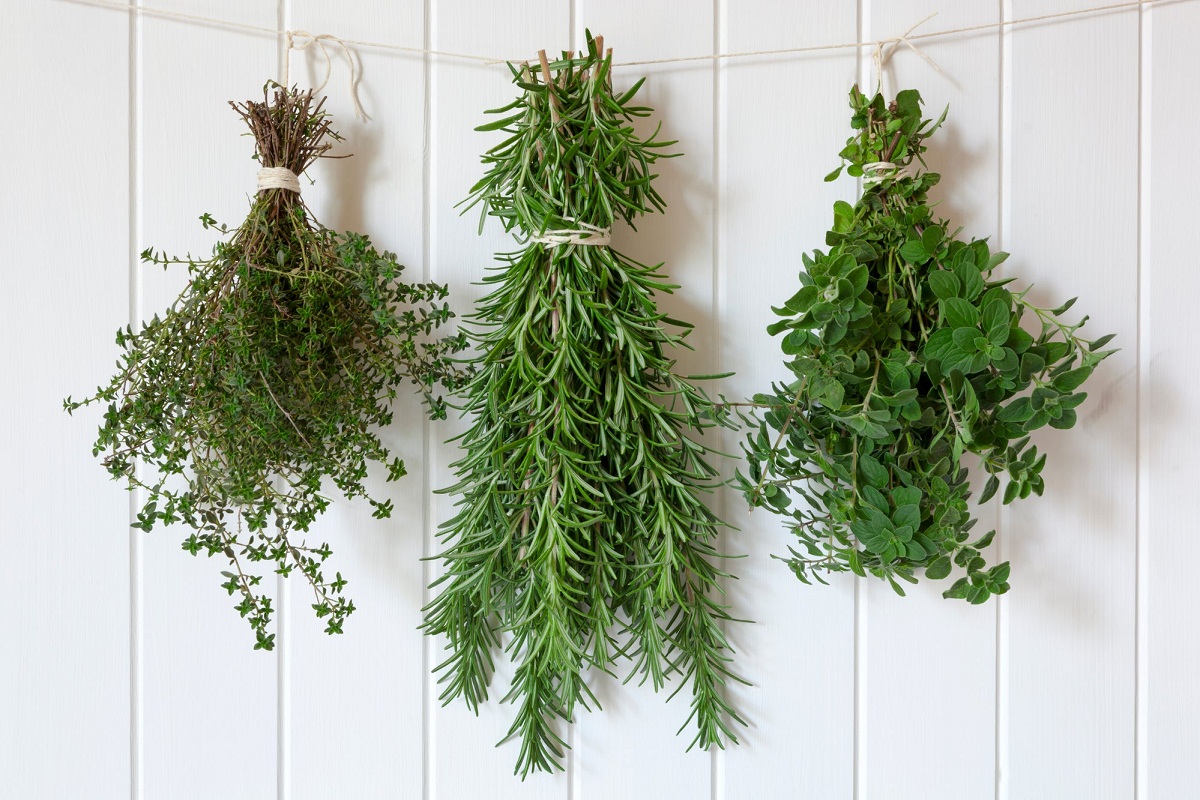
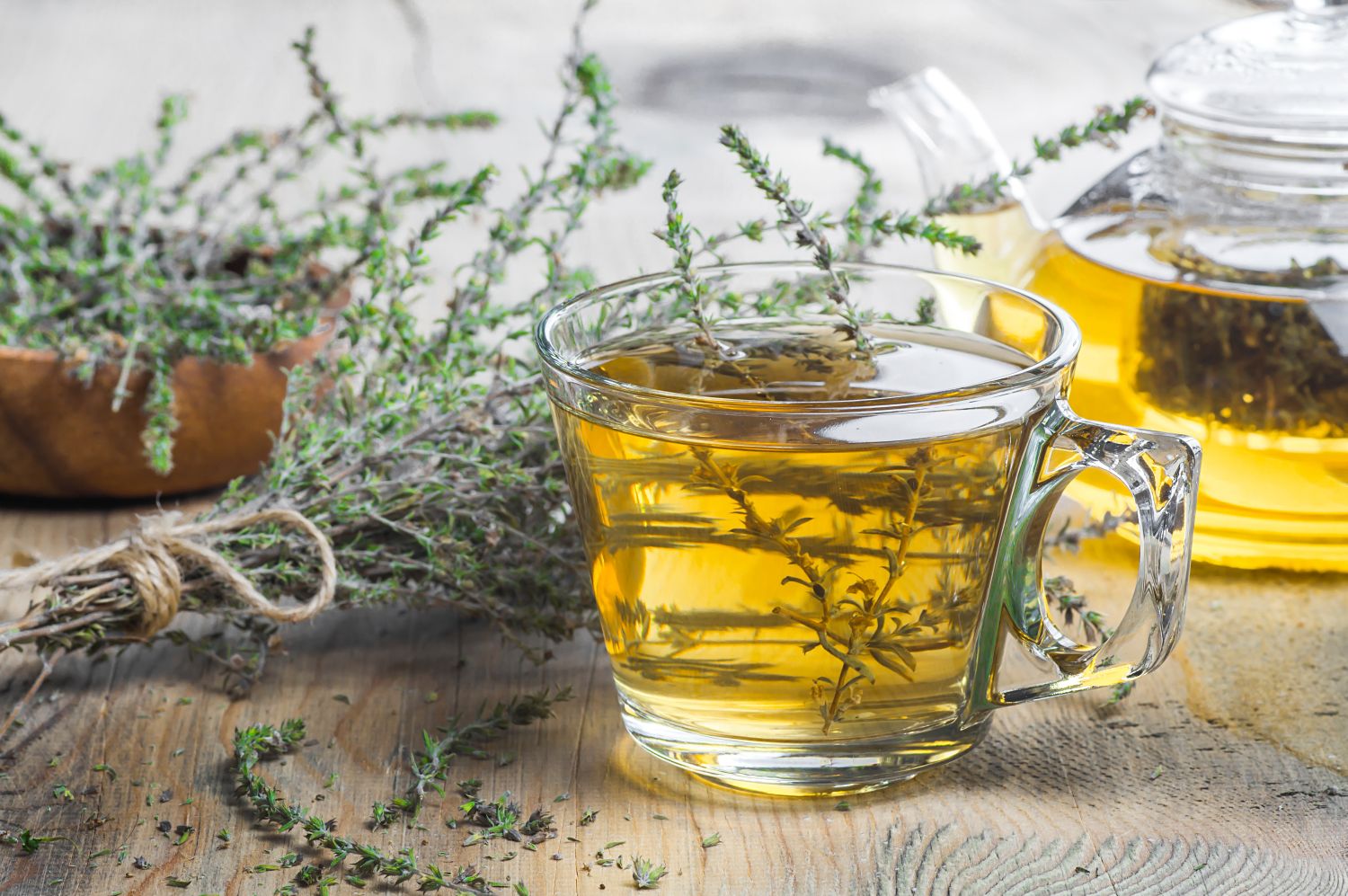
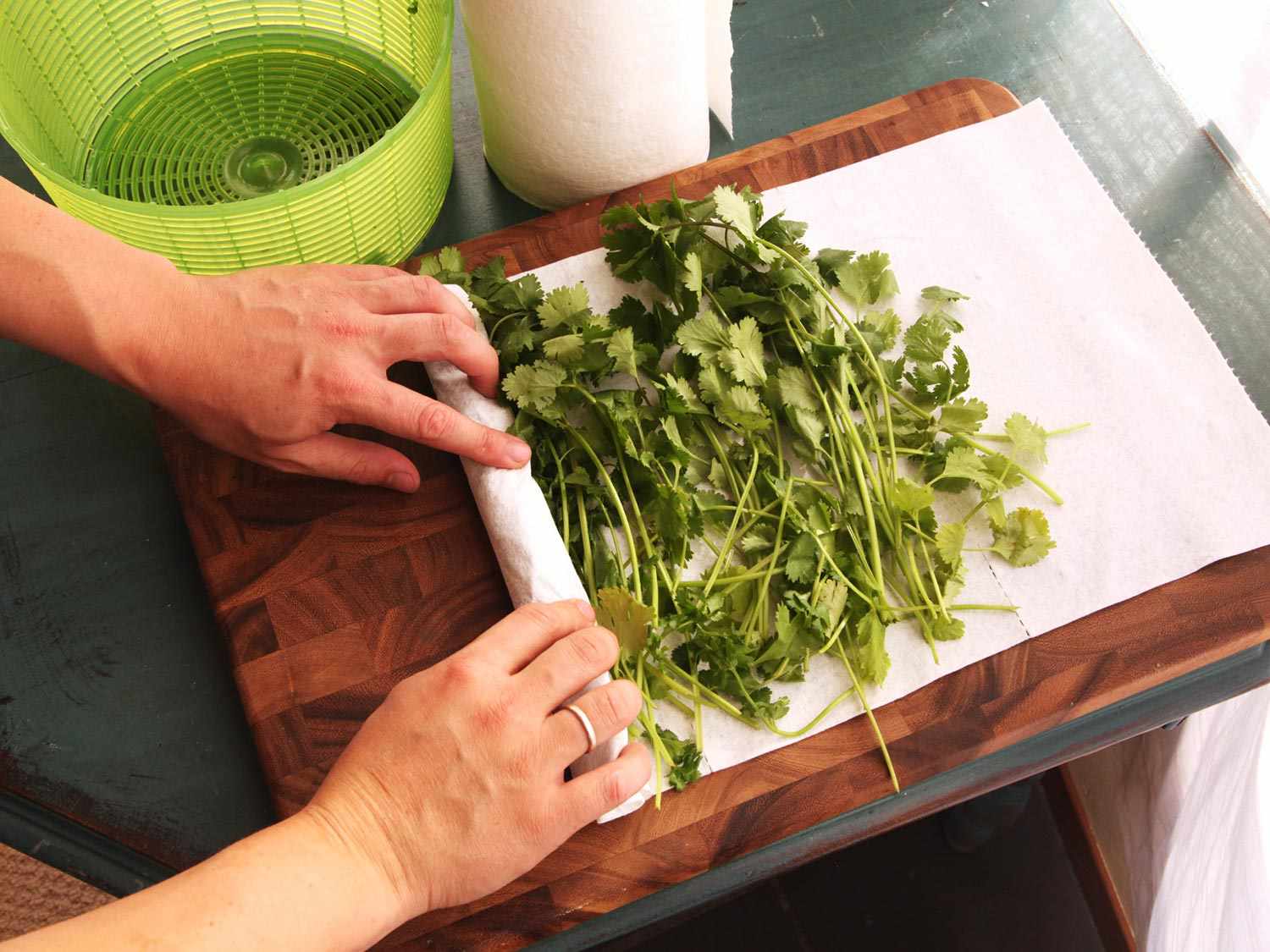

0 thoughts on “How Much Thyme Is In A Sprig”